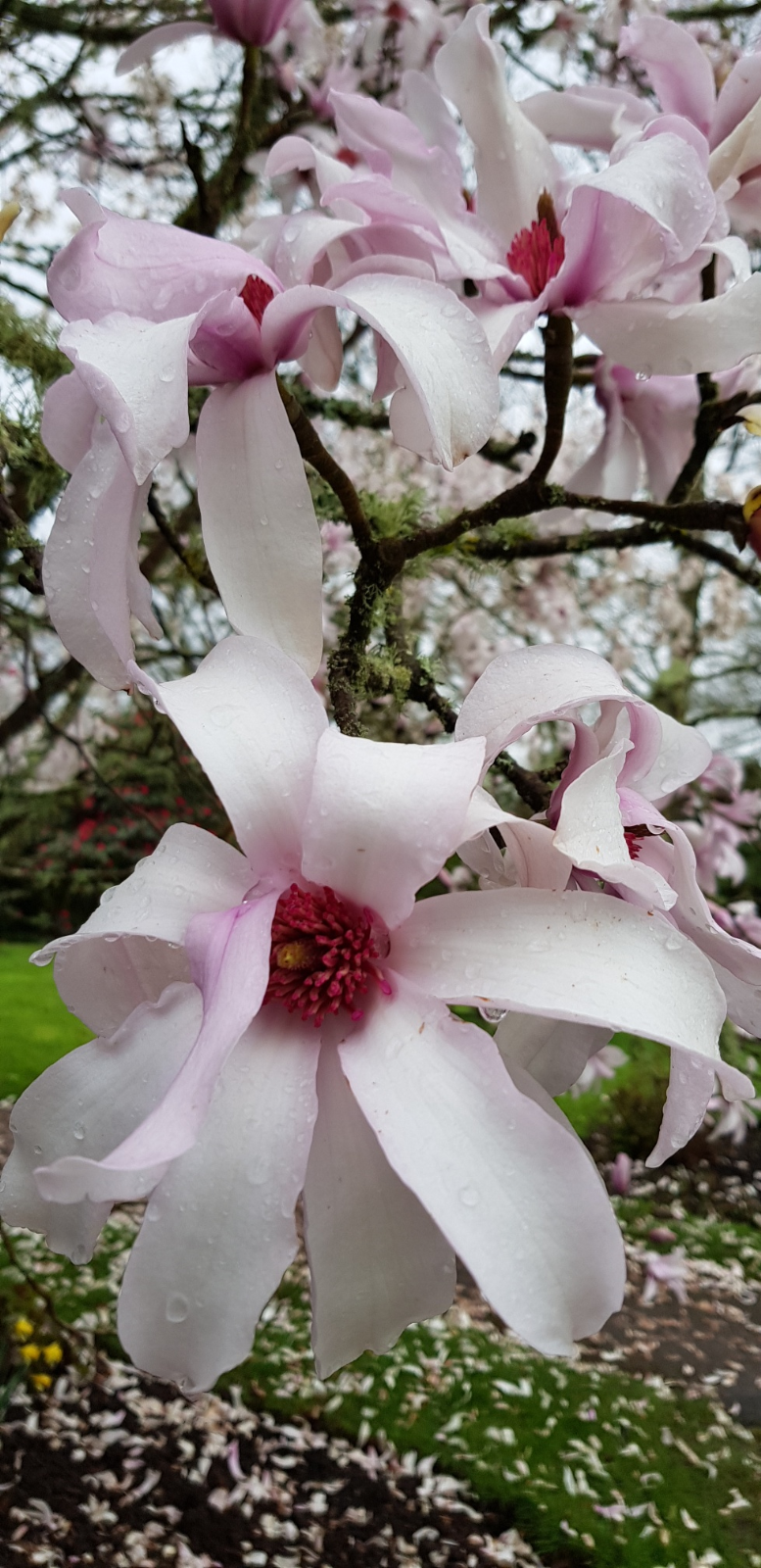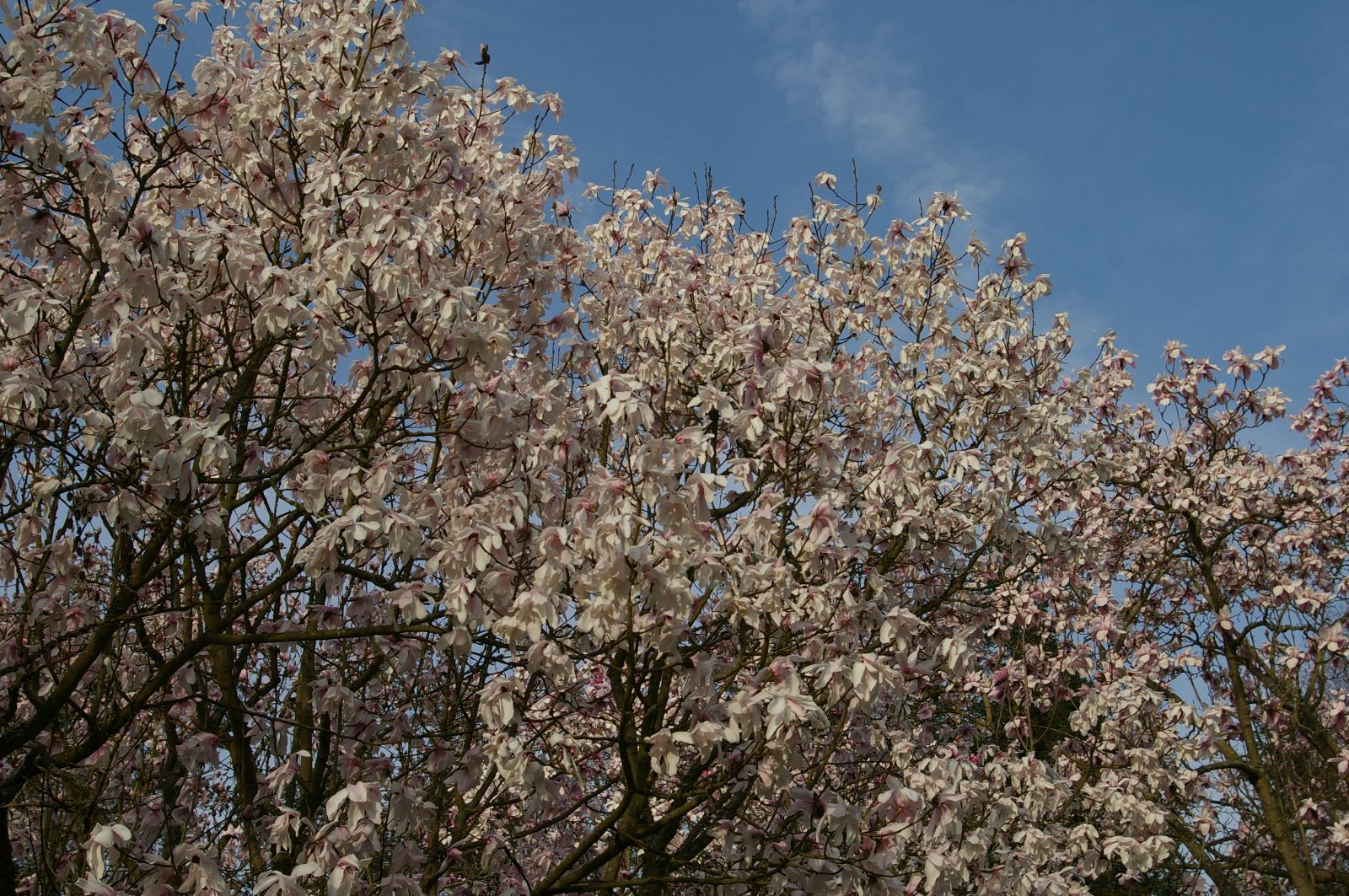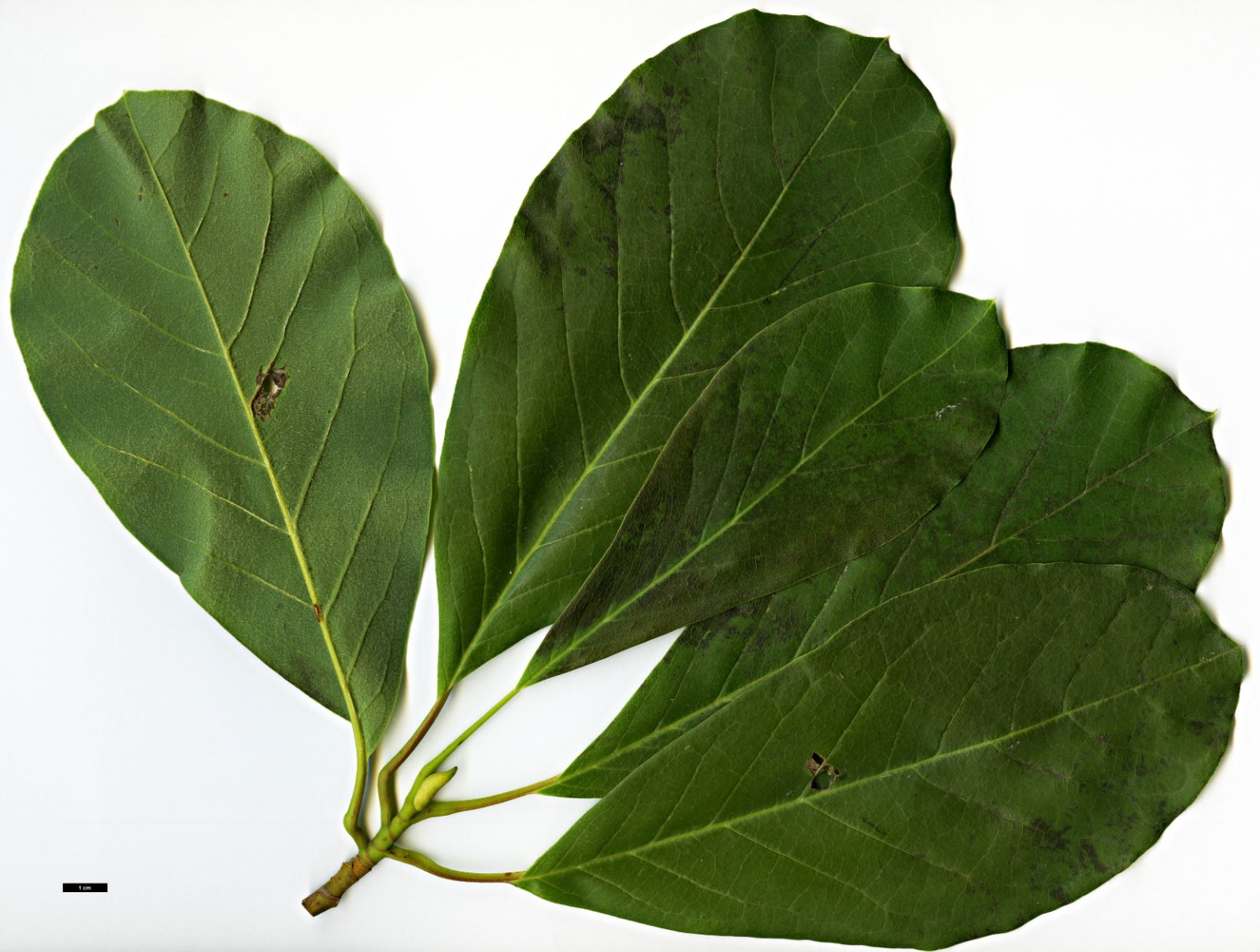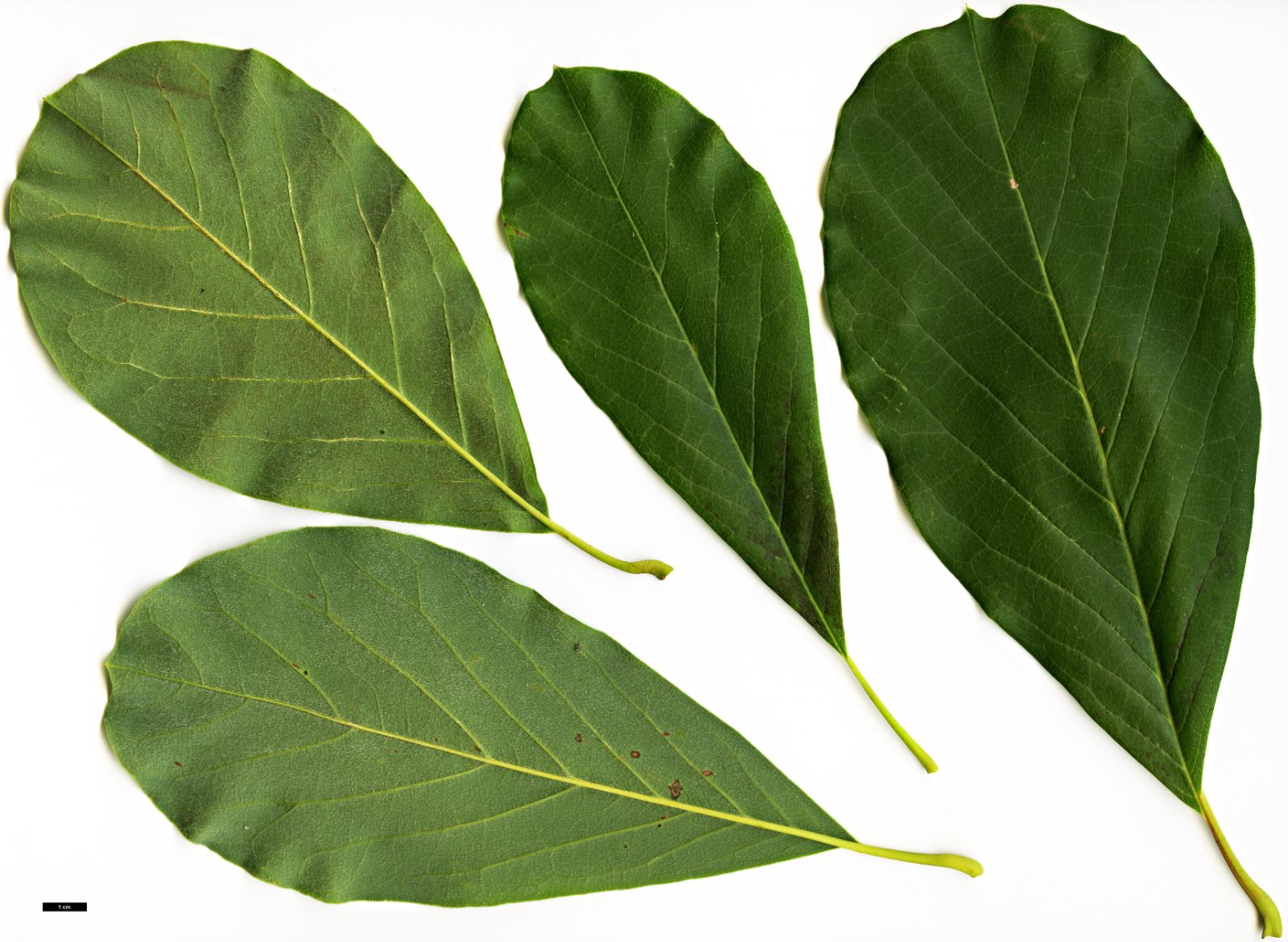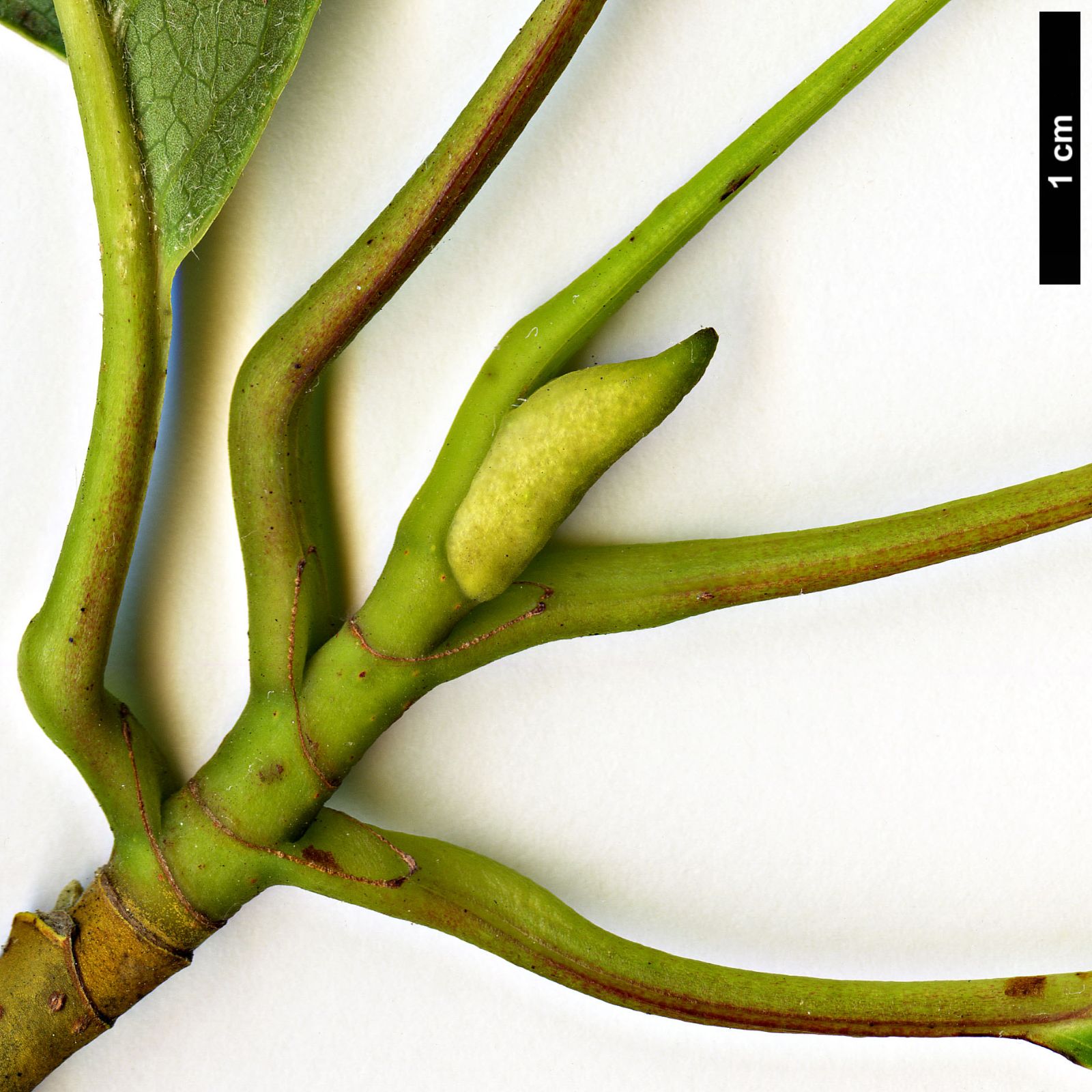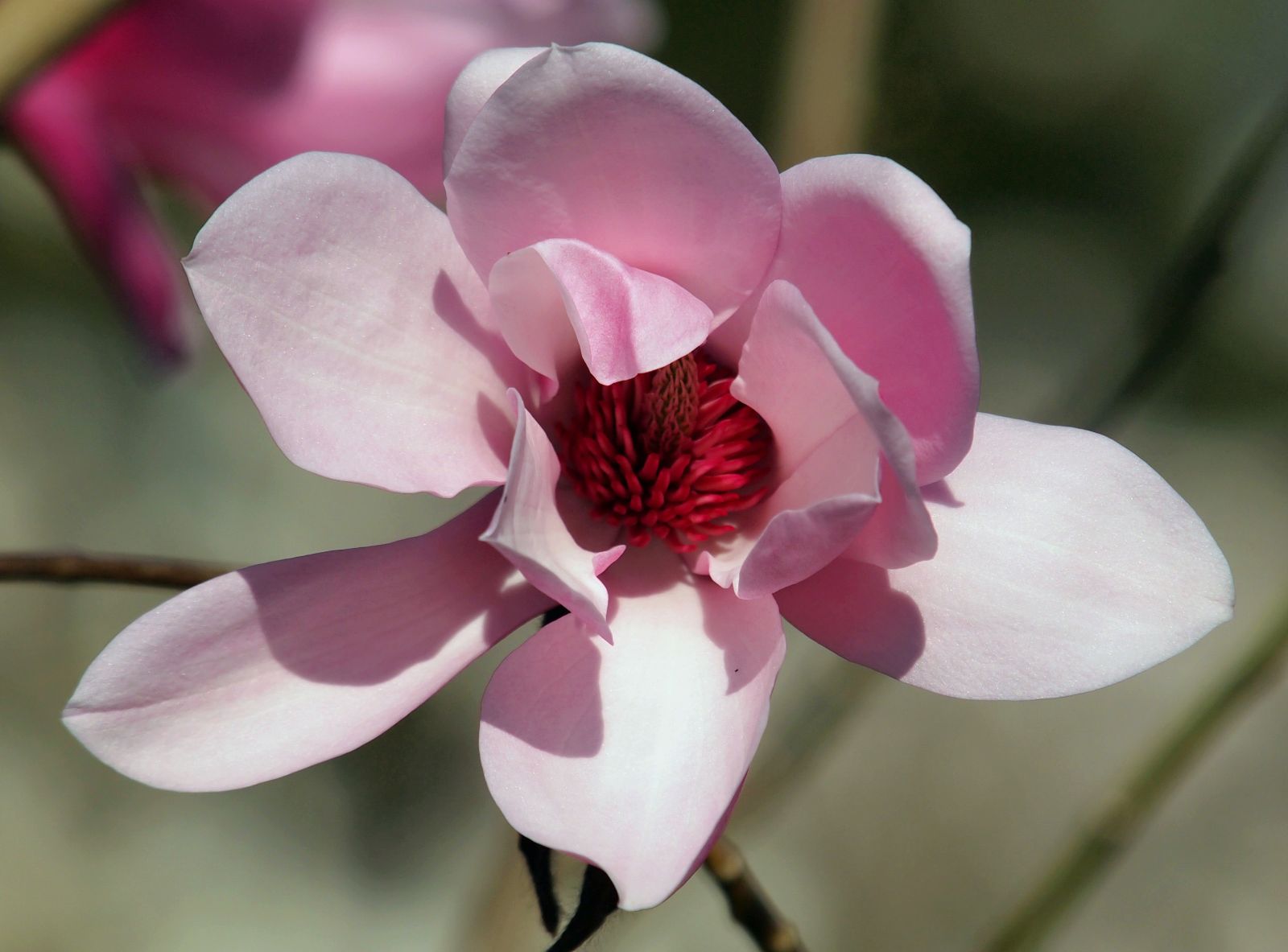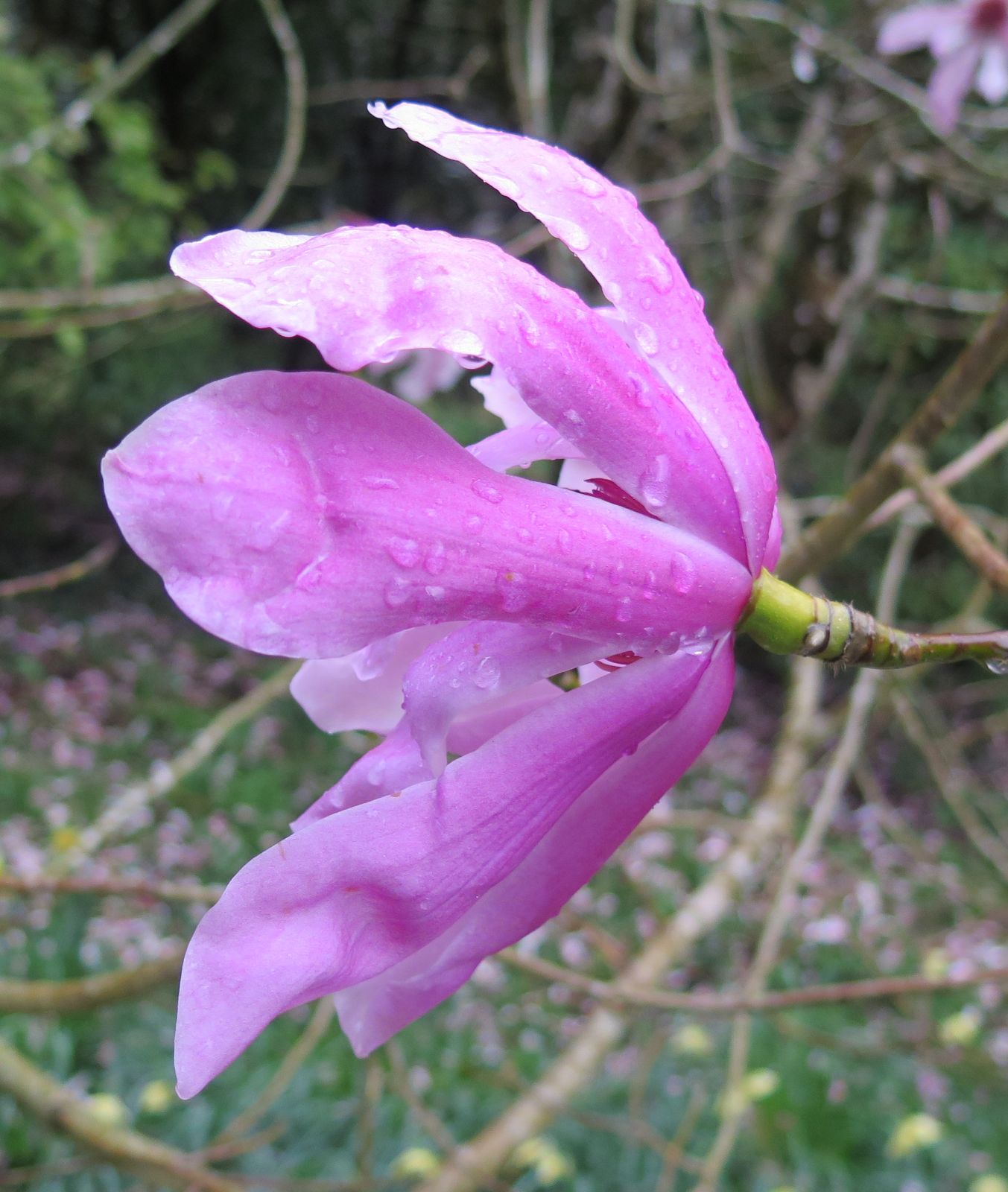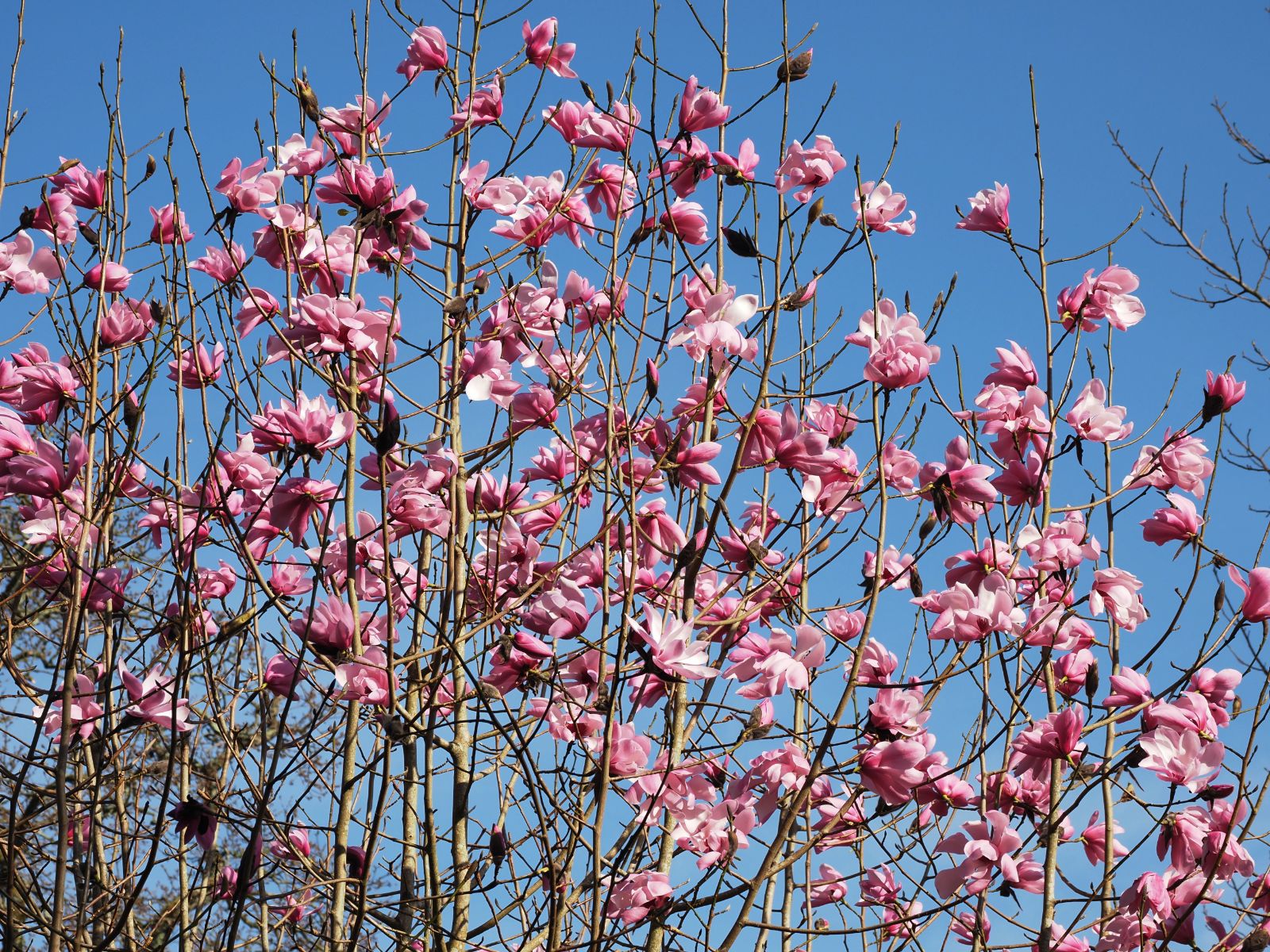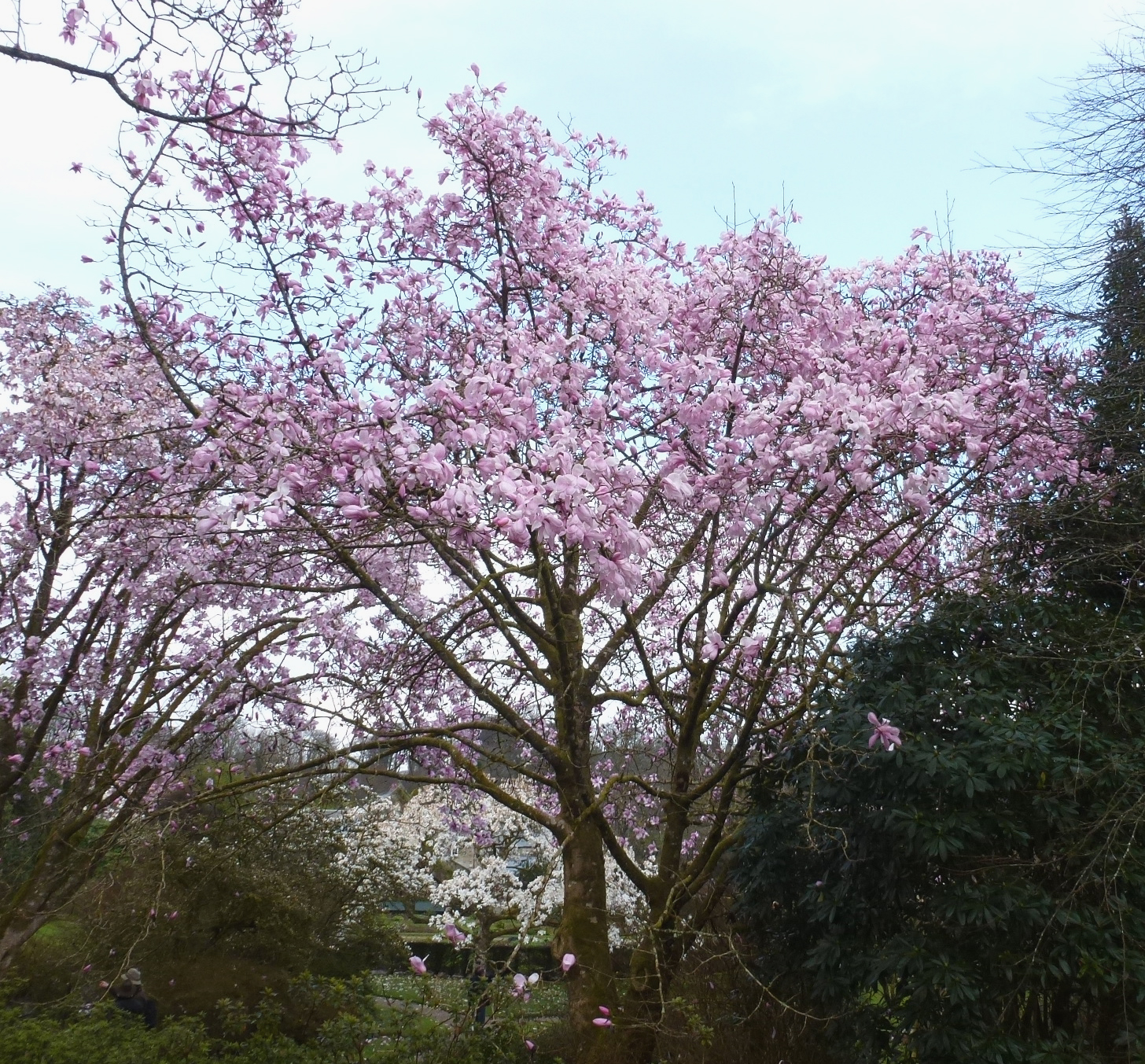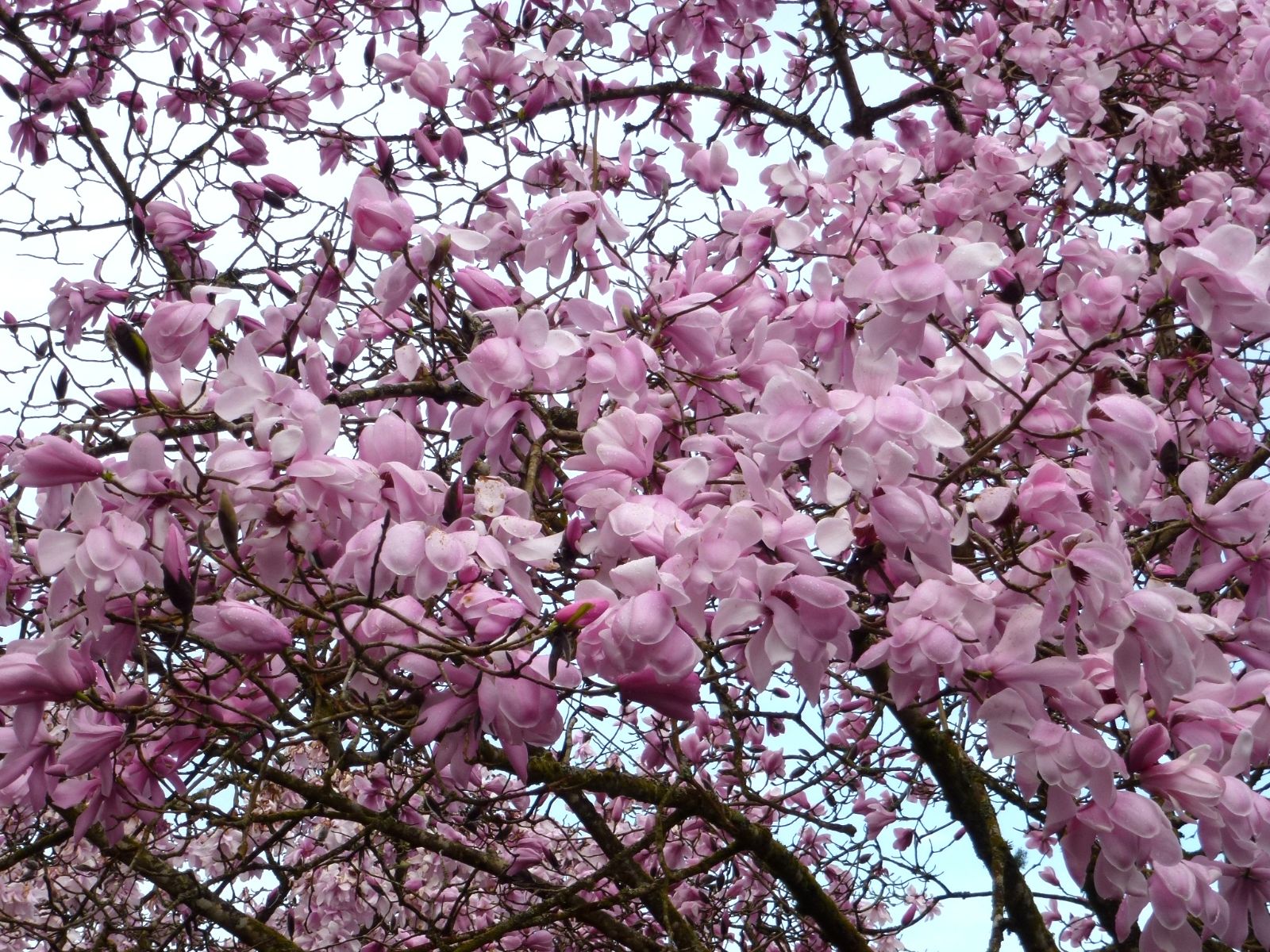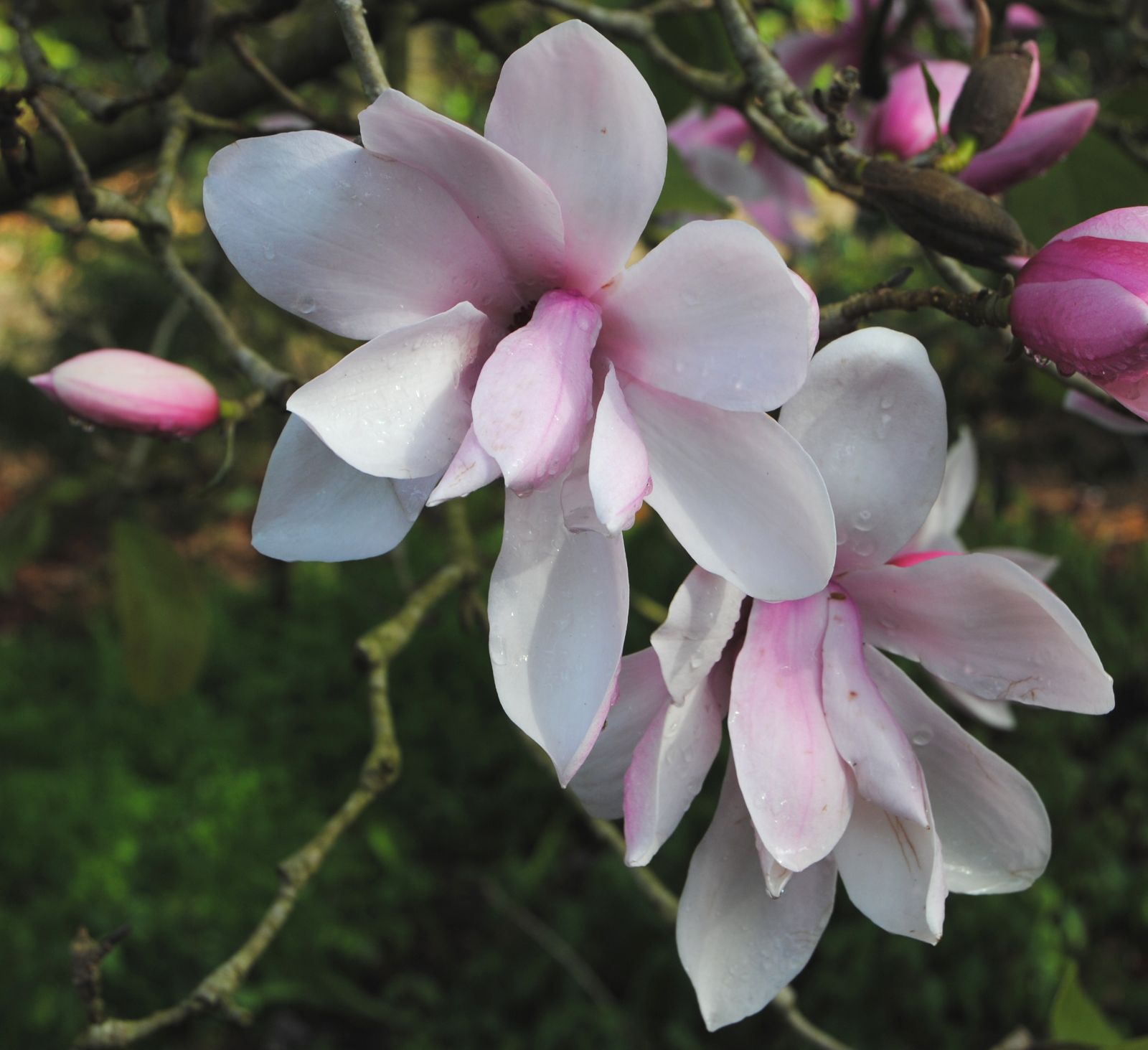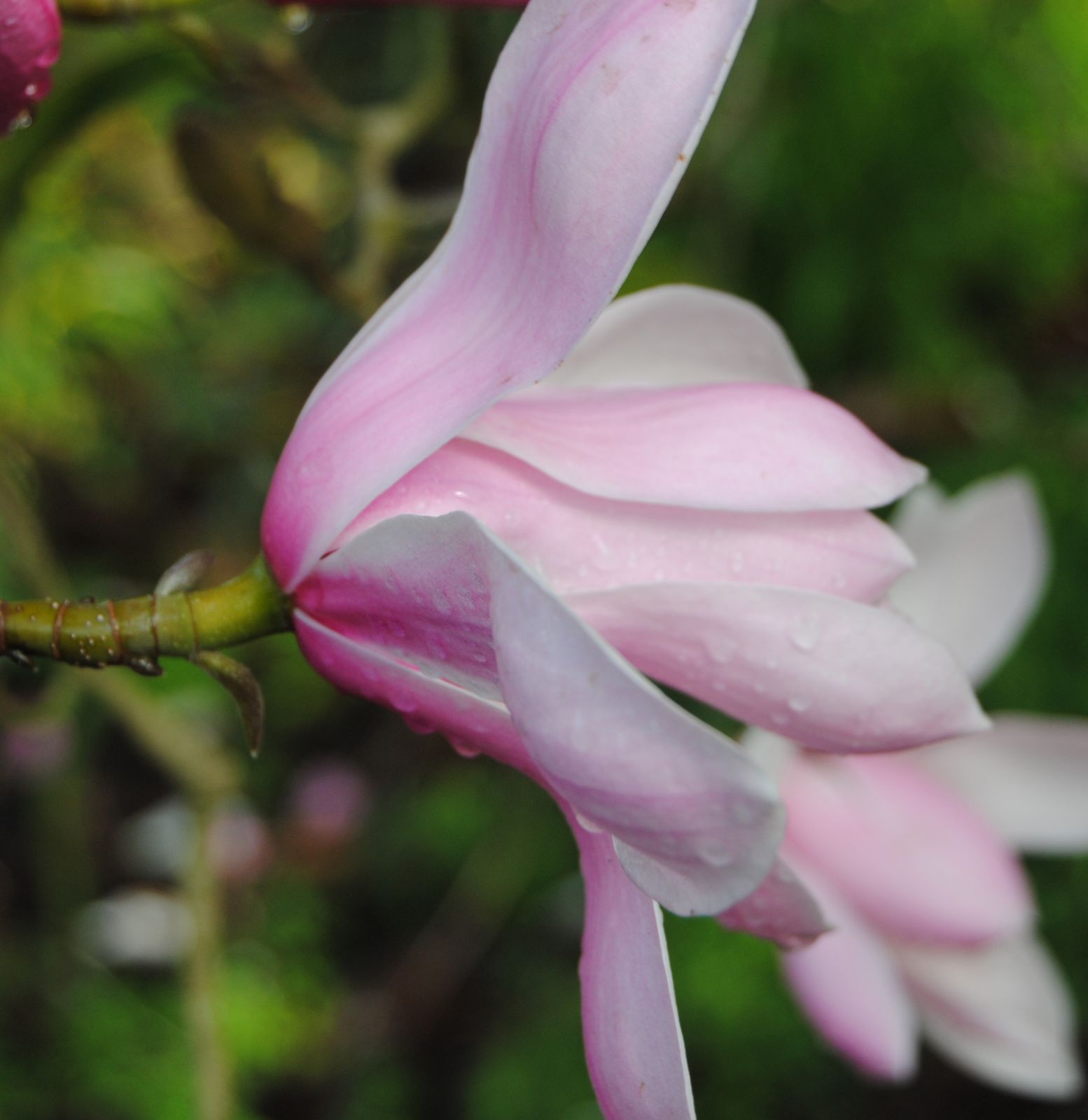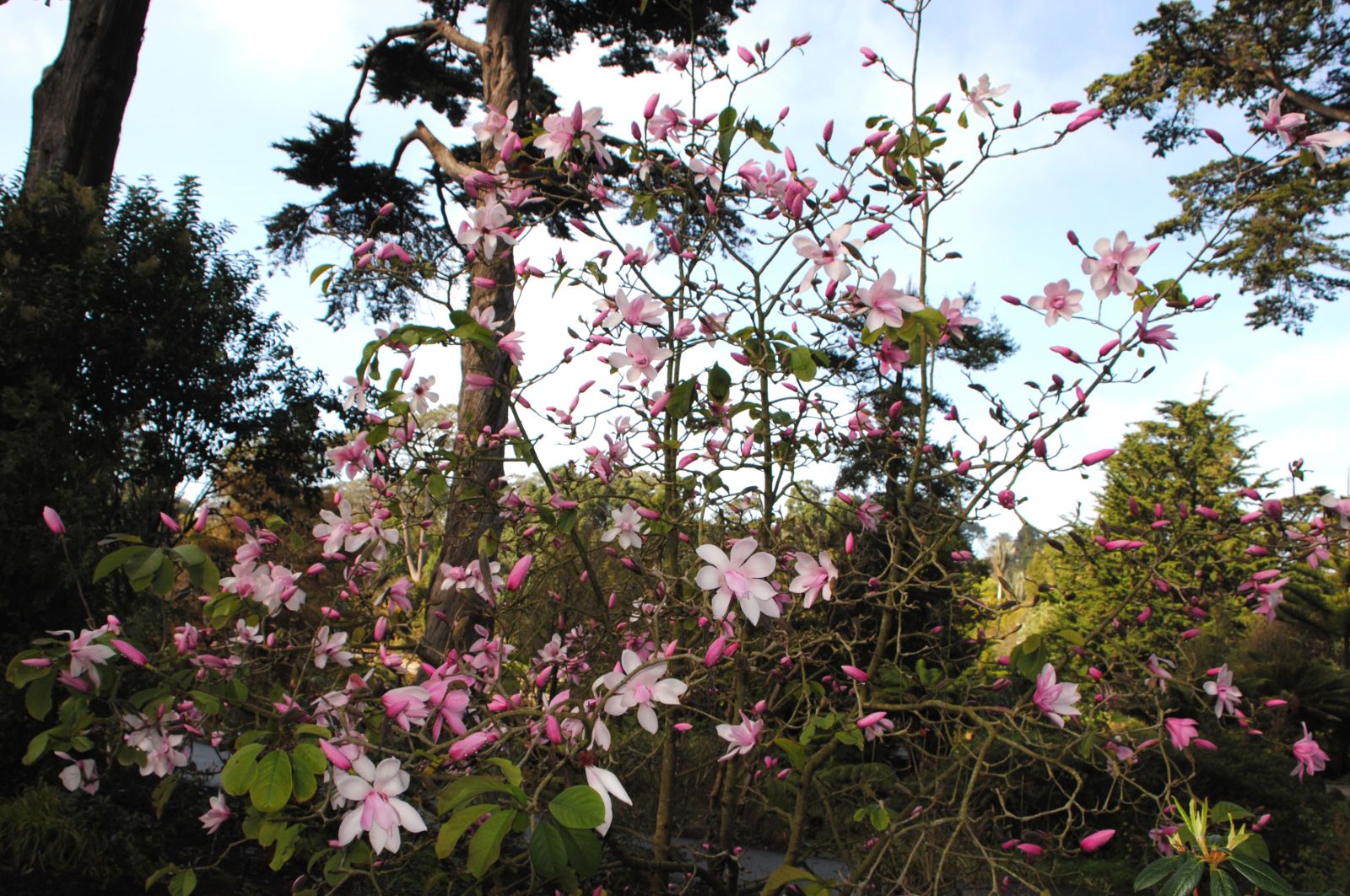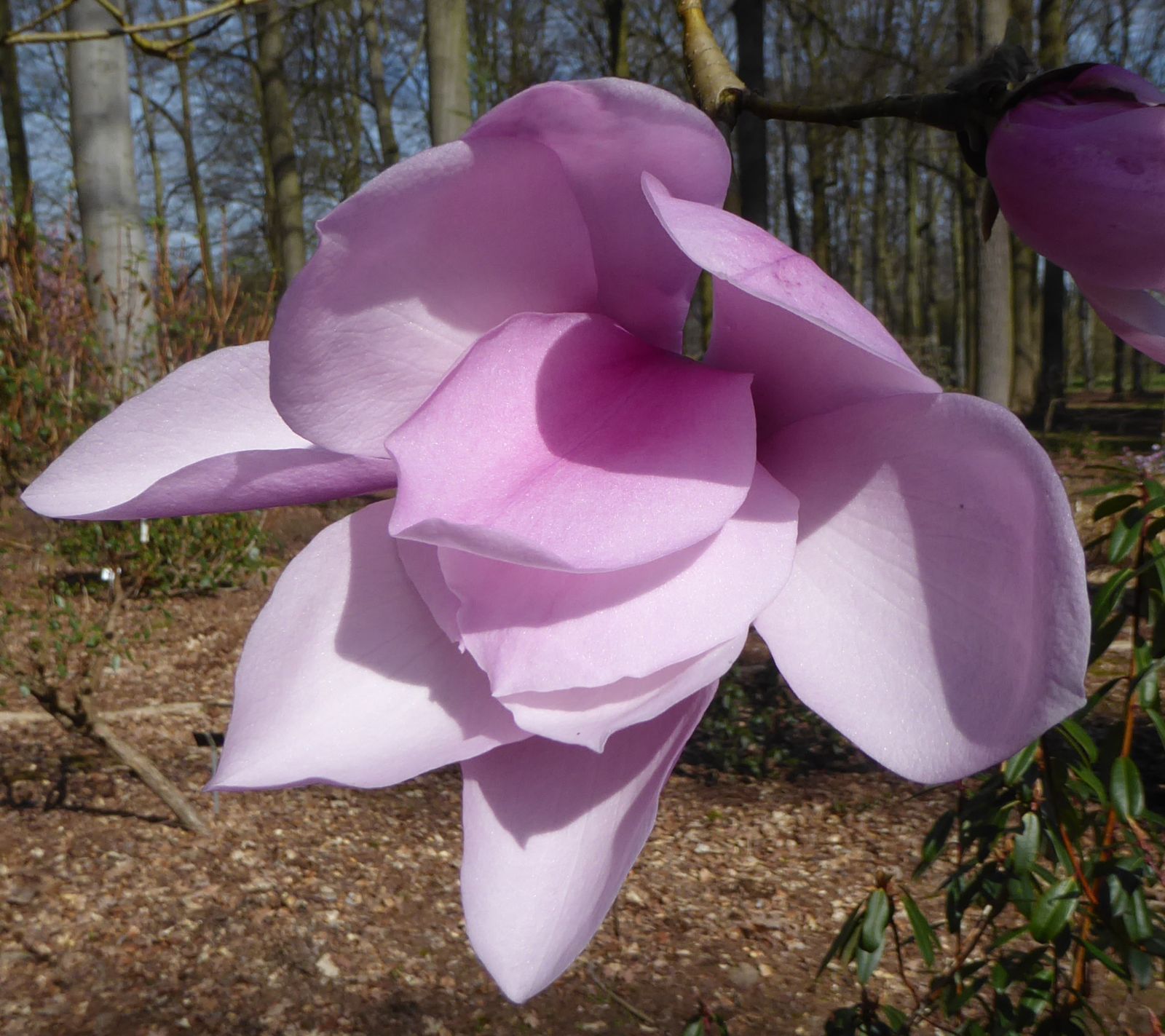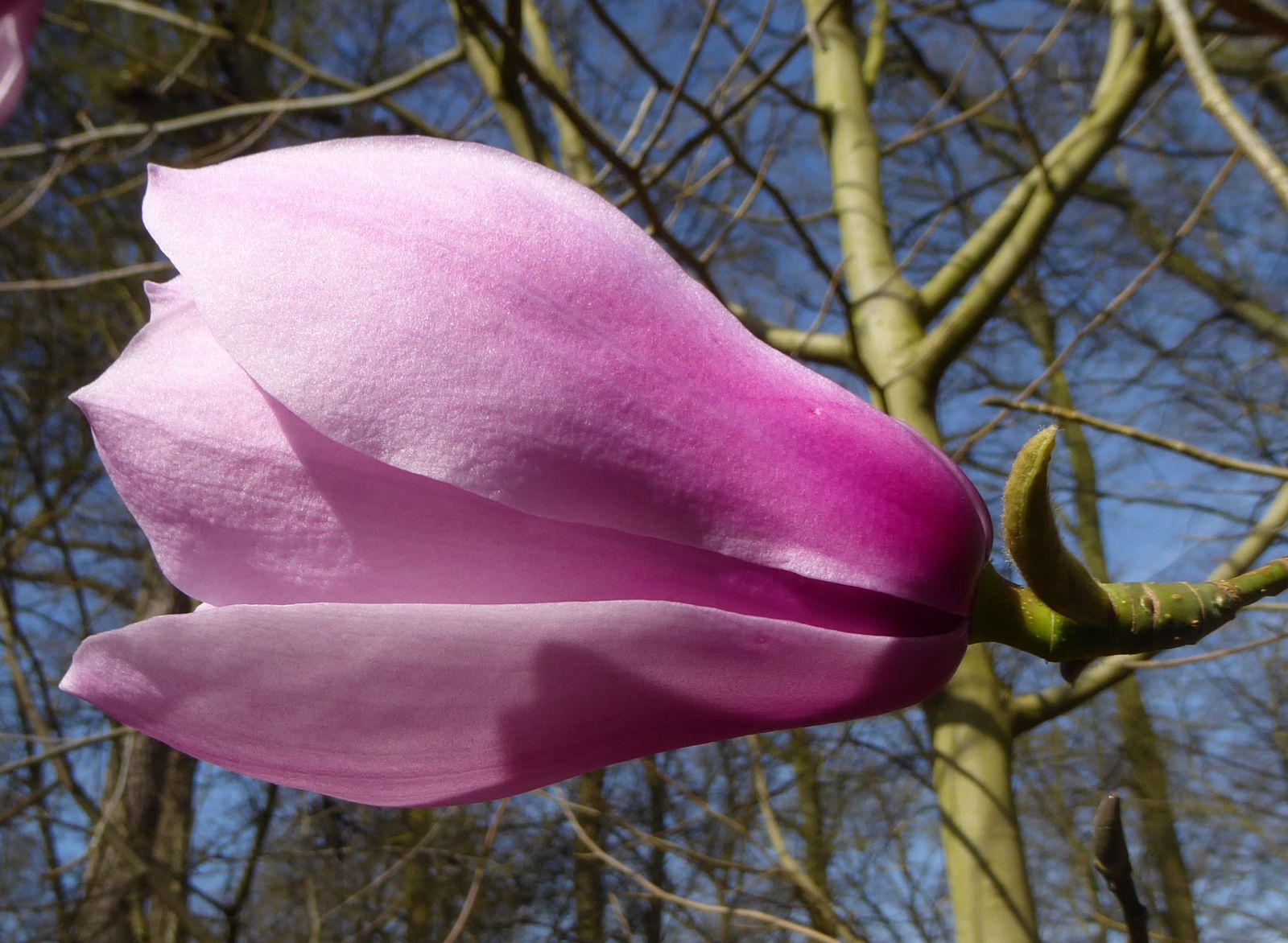Magnolia dawsoniana
Sponsor
Kindly sponsored by
The Roy Overland Charitable Trust

Credits
Julian Sutton (2022)
Recommended citation
Sutton, J. (2022), 'Magnolia dawsoniana' from the website Trees and Shrubs Online (treesandshrubsonline.
Genus
- Magnolia
- Section Yulania
Common Names
- Dawson's Magnolia
- guang ye yu lan
Synonyms
- Yulania dawsoniana (Rehd. & Wils.) D.L. Fu
Infraspecifics
Other taxa in genus
- Magnolia acuminata
- Magnolia × alba
- Magnolia amabilis
- Magnolia amoena
- Magnolia aromatica
- Magnolia biondii
- Magnolia × brooklynensis
- Magnolia campbellii
- Magnolia cathcartii
- Magnolia cavaleriei
- Magnolia caveana
- Magnolia champaca
- Magnolia changhungtana
- Magnolia chapensis
- Magnolia compressa
- Magnolia conifera
- Magnolia Cultivars A
- Magnolia Cultivars B
- Magnolia Cultivars C
- Magnolia Cultivars D
- Magnolia Cultivars E
- Magnolia Cultivars F
- Magnolia Cultivars G
- Magnolia Cultivars H–I
- Magnolia Cultivars J
- Magnolia Cultivars K
- Magnolia Cultivars L
- Magnolia Cultivars M
- Magnolia Cultivars N–O
- Magnolia Cultivars P
- Magnolia Cultivars Q–R
- Magnolia Cultivars S
- Magnolia Cultivars T
- Magnolia Cultivars U–V
- Magnolia Cultivars W–Z
- Magnolia cylindrica
- Magnolia dandyi
- Magnolia de Vos and Kosar hybrids
- Magnolia decidua
- Magnolia delavayi
- Magnolia denudata
- Magnolia doltsopa
- Magnolia duclouxii
- Magnolia ernestii
- Magnolia figo
- Magnolia floribunda
- Magnolia × foggii
- Magnolia fordiana
- Magnolia foveolata
- Magnolia fraseri
- Magnolia fulva
- Magnolia globosa
- Magnolia × gotoburgensis
- Magnolia grandiflora
- Magnolia grandis
- Magnolia Gresham hybrids
- Magnolia guangdongensis
- Magnolia hookeri
- Magnolia insignis
- Magnolia Jury hybrids
- Magnolia × kewensis
- Magnolia kobus
- Magnolia kwangtungensis
- Magnolia laevifolia
- Magnolia lanuginosa
- Magnolia leveilleana
- Magnolia liliiflora
- Magnolia × loebneri
- Magnolia lotungensis
- Magnolia macclurei
- Magnolia macrophylla
- Magnolia martini
- Magnolia maudiae
- Magnolia nitida
- Magnolia obovata
- Magnolia officinalis
- Magnolia opipara
- Magnolia × proctoriana
- Magnolia × pruhoniciana
- Magnolia rostrata
- Magnolia salicifolia
- Magnolia sapaensis
- Magnolia sargentiana
- Magnolia sieboldii
- Magnolia sinensis
- Magnolia sinica
- Magnolia sinostellata
- Magnolia × soulangeana
- Magnolia sprengeri
- Magnolia stellata
- Magnolia tamaulipana
- Magnolia × thomsoniana
- Magnolia tripetala
- Magnolia × veitchii
- Magnolia virginiana
- Magnolia × wieseneri
- Magnolia wilsonii
- Magnolia xinganensis
- Magnolia yunnanensis
- Magnolia yuyuanensis
- Magnolia zenii
Deciduous tree or large shrub, to 20 m tall and 1 m dbh. Branchlets yellowish green becoming brown, glabrous or with fine hairs, with sparse lenticels. Leaf blade obovate to elliptic-obovate, 7.5–14(–18) × 4–8 cm, basal ~⅔ gradually narrowing; lower surface pale green, vein axils and both sides of midvein usually retaining some white hairs; upper surface green and glossy, glabrescent with only fine trichomes along midvein; secondary veins 8–10 on each side of midvein and usually reddish, reticulate veins conspicuously prominent on both surfaces when dry; base cuneate and usually oblique; apex obtuse, rarely shortly acute or emarginate. Petiole slender, 1–3 cm, base with short stipular scar. Peduncle 1–1.5 cm, nodes villous. Flowers appearing before leaves, 16–25 cm across, erect to nodding, fragrant. Tepals 9–12, white, tinged reddish outside, narrowly oblong-spoon-shaped to obovate-oblong, subequal, apex obtuse to emarginate. Stamens purplish red, 1.2–2 cm; filaments 3–4.5 mm. Gynoecium narrowly cylindric, 1.5–2 cm. Fruit dark red when fresh turning dark reddish brown, cylindric, 7–14 × 2.5–3.5 cm, slightly curved because part of carpels sterile; mature carpels obovoid, with sparse yellow lenticels, 2-valved, apex rounded and without a beak. Seeds compressed orbicular or irregularly triangular, ~1 cm long. Flowering April–May, fruiting September–October (China). (Xia, Liu & Nooteboom 2008; Chen & Nooteboom 1993).
Distribution China NW Hunan (Sangzhi), C Sichuan
Habitat Forests, 1400–2500 m.
USDA Hardiness Zone 6-9
RHS Hardiness Rating H5
Conservation status Endangered (EN)
One of the medium-sized Chinese magnolias with pink flowers on naked twigs, M. dawsoniana is exceptional neither in hardiness, stature or flower size. Nonetheless it has impressive foliage, and a well flowered specimen can be magnificent.
It is most similar to M. sargentiana, especially in flower, but is distinguished by the leaf undersides being more or less glabrous, sometimes rather glaucous, (much hairier in M. sargentiana) and in having on average fewer tepals (9–12 as opposed to 10–14). It is also more inclined than M. sargentiana to make a bushy multistemmed specimen. Rare and declining in the wild, it is apparently a victim of deforestation in Sichuan, one of China’s main timber producing regions. Even in protected areas illegal logging is a threat (IUCN 2021).
It was described by Rehder and Wilson from fruiting specimens collected by Wilson at a single site in Sichuan in 1908 and 1910 (W 1241, W 4116); seed from both was sent to the Arnold Arboretum. The specific epithet commemorates Jackson T. Dawson of the Arnold ‘in appreciation of his consummate skill in propagating the great mass of material that has reached his hands’ (Rehder & Wilson in Sargent 1913). Along with Wilson’s other magnolias, which were proving tender in Massachusetts, the Arnold’s material was sent to French nurseryman Leon Chenault for grafting, distribution in Europe and eventual return to North America (Howard 1980). First flowering in the British Isles was in 1932/3 at Rowallane, N Ireland (Savage 1980). More recent collections include SICH 759 (Gongga Shan, Sichuan, 1991), from which a specimen grows at Howick Hall, Northumberland (Howick Hall Arboretum 2021).
M. dawsoniana makes a large shrub or small-to-medium tree of a broad pyramidal outline, with a ‘twiggy’ network of branches. Growth rates vary, averaging from 30–60 cm per year. The shiny, dark green, leathery leaves are roughly oval in outline, to 15 cm long. The flowers are held horizontally and are very numerous, with white tepals suffused with a rich rosy red, and are faintly fragrant. Opening over quite a long spring season, they are more attractive before they open fully, the tepals hanging limply later. Like most magnolias, it flourishes in a moisture-retentive soil; somewhat acidic soil is ideal but not a requisite. Plenty of space in full sun is also needed for this plant to develop to its potential. Today most plants of M. dawsoniana are either grafted or budded, considerably reducing the time taken for flowering to start, about ten years from propagation being usual.
This species suits milder maritime climates in Western Europe, notably Britain and Ireland and the Low Countries. Examples planted in the early years of its cultivation are relatively few, but include trees at Caerhays Castle, Cornwall, planted 1921 (14 m × 286 cm, 2016); at Trewidden, Cornwall, planted 1946 (17 m × 353 cm, 2014); and at Birr Castle, Co. Offaly, Ireland, again planted 1946 (19 m × 283 cm, 2014 – The Tree Register 2021). In North America it is largely a plant for the Pacific seaboard, especially for wetter parts of the Northwest. A Canadian example in the Greig Garden, Stanley Park has been claimed as the largest magnolia in Vancouver (Cook 1999; 2008), and there are mature specimens in Washington Park, Seattle (Larson 2018). It rarely thrives on the East Coast, although Dirr (2009) mentions a well-budded specimen on Long Island bucking the trend.
'Chyverton Red'
Synonyms / alternative names
A more spectacular colour form is ‘Chyverton Red’, named after the famous Cornish garden where it flowered for the first time in 1968, some twenty-three years after raising. On first opening, the flowers are bright crimson; the colour seems to become more pronounced during cold weather. The blooms are remarkably frost tolerant and last for about six weeks. During 1969 Chyverton experienced an air frost to –50C (80F) during the end of March without any flowers being affected. Some authorities consider ‘Chyverton Red’ not to be a true form of the species but a hybrid with M. sprengeri ‘Diva’.
Tepals brightly crimson-tinted outside; the colour seems to become more pronounced during cold weather. The blooms are remarkably frost tolerant and the show can last up to six weeks (Gardiner 2000). Raised at Chyverton, Cornwall, where it flowered for the first time in 1968, twenty-three years from germination. Some have suggested that it may be a hybrid with M. sprengeri var. diva.
'Clarke'
Reliably floriferous; tepals 10 cm, soft pink , deepening towards the base. Introduced by W.B. Clarke Nursery, San Jose, CA before 1988. The cultivar name appears to be invalid, having already been taken by a M. campbellii clone, and the published alternative ‘Clarke’s Var.’ is disallowed by its post-1957 use of ‘Var.’ (Lobdell 2021). An alternative should be published.
'Valley Splendour'
Masses of deep pink flowers. Growing in the Valley Gardens, Windsor Great Park, it flowers during the second half of March. Origin before 2000. Starred as worthwhile by Philippe de Spoelberch (pers. comm. 2021).

